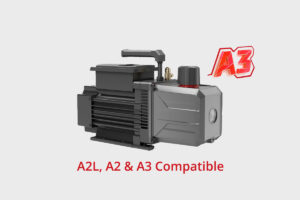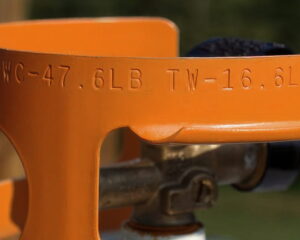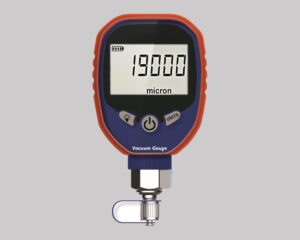PVD vacuum coating for medical devices - frequently asked questions and answers.
In the realm of medical device enhancement, Physical Vapor Deposition (PVD) stands as a transformative vacuum coating process. It involves vaporizing a solid material within a vacuum and meticulously depositing it onto the surface of a component. The result? A staggering tenfold improvement in durability and performance compared to uncoated counterparts. Today, hospitals are witnessing an upsurge in the presence of PVD-coated medical devices.
Here are some pivotal FAQs about PVD vacuum coating for medical devices:
Q1 | How does PVD vacuum coating elevate medical devices?
PVD coating not only enhances the aesthetic allure of medical devices but also offers manufacturers the creative palette of coating colors for model differentiation. Surgical instruments with sharp edges benefit from improved edge retention, ensuring clarity. Additionally, PVD coatings curtail wear between stainless steel components and effectively thwart oxidation and corrosion.
Q2 | Does PVD adversely affect the sharp edges of devices?
In the PVD coating process, parts with sharp edges are handled with care to avoid any detrimental effects on their edges. When coating delicate or minuscule parts, it’s imperative to adjust the heating and coating rates to safeguard them from any potential damage during the process.
Q3 | Which surface treatment yields the best results?
Given that PVD vacuum coating typically ranges from 0.0025 to 0.013 mm in thickness, it’s remarkably thin. For optimal results, it’s highly recommended to opt for surface grinding or polishing over sandblasting or matte treatments.
Q4 | What materials are compatible with PVD coating?
PVD vacuum coating finds application in most metals capable of withstanding temperatures up to 430°C. Common medical materials include stainless steel variants like #303, #440C, #17-4, Titanium, and certain tool steels. However, due to its proximity in melting point, aluminum is not suitable for the coating process.
Q5 | Which types of PVD coating are used for medical devices?
Four prevalent types of coatings are employed for medical devices:
- TiN (Titanium Nitride) with a thickness of 0.0025 – 0.005 mm and hardness of 2400 – 2600 HV for golden surface.
- AlTin (Aluminum Titanium Nitride) with a thickness of 0.0025 – 0.005 mm and hardness of 4000 – 4200 HV for carbon black surface.
- CrN (Chromium Nitride) with a thickness of 0.0025 – 0.013 mm and hardness of 2200 – 2400 HV for silver surface.
- Alpha with a thickness of 0.0025 – 0.005 mm and hardness of 4400 – 4600 HV. Alpha is a multi-layer coating with top layer is ZrN (Zirconium Nitride) for silver or golden surface. The Alpha coating outlasts TiN coating by 2-4 times due to its exceptional hardness, lubrication, and wear resistance.
Q6 | What advantages does PVD offer over CVD (Chemical Vapor Deposition)?
Compared to CVD, PVD operates at significantly lower temperatures, eliminating the need for post-coating heat treatment. Furthermore, the surface finish of PVD-coated parts remains unchanged, whereas CVD-coated parts often require additional polishing as a secondary process.
Q7 | How does PVD compare to Anodization?
In the realm of wear resistance and color retention over time, PVD emerges as the superior choice when juxtaposed with Anodization.
Both PVD and CVD coating processes demand a high level of vacuum. Therefore, dual stage rotary vane vacuum pumps are frequently harnessed to facilitate this crucial step.
Coolink, a TOP 3 Global HVAC Vacuum Pump Manufacturer & Quality Industrial Vacuum Pump Supplier from China






